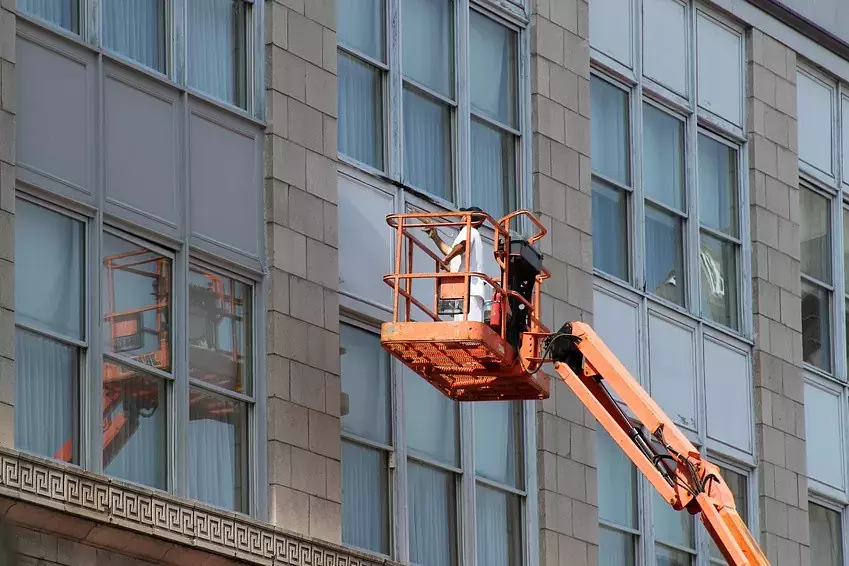 Construction lifts are powerful and often necessary to get the job done. Aerial lifts, specifically man lifts, are essential in order to make certain repairs or perform certain types of maintenance jobs. The ability to lift workers up to 100 feet, sometimes in narrow spaces, is the difference between a job done and a job done well. There are several variations of man lift equipment, so it’s important to make sure you know the differences so that you can properly manage the diverse needs of your job site.
Construction lifts are powerful and often necessary to get the job done. Aerial lifts, specifically man lifts, are essential in order to make certain repairs or perform certain types of maintenance jobs. The ability to lift workers up to 100 feet, sometimes in narrow spaces, is the difference between a job done and a job done well. There are several variations of man lift equipment, so it’s important to make sure you know the differences so that you can properly manage the diverse needs of your job site.
Boom Man Lifts
Boom man lifts are ideal for a variety of construction jobs. They’re so versatile that they’re regularly utilized in small-scale operations, as well as commercial jobs. They’re fitted with elevated lifts that extend up and over other machines and even up over other buildings. Generally, boom lifts can reach 30 ft and can extend to up to 100 feet.
Articulating boom lifts, also known as knuckle lifts are designed so that the base of the arm is mounted to a turntable, allowing it to rotate in a full circle. The arm itself has multiple joints and has a bucket on the end to carry usually one worker up to a hard-to-reach place for repairs or routine maintenance. This type of man lift is often used indoors for things like pipes and electrical work, but can also work well for outside cleaning jobs.
Telescopic boom lifts are comparable in reach but feature a straight arm that is attached to a freely rotating turntable. The bucket is designed for one person, and because of the size and shape, it’s most efficient for exterior applications. Highly trained work like electrical repairs or tree trimming are common uses for telescoping boom man lift models.
Scissor Lifts
Scissor lifts can hold multiple people at once, which is why some jobs call for this type of man lift equipment. It’s made of crisscrossing braces that extend upward to transport people and/or other equipment. A mechanical, hydraulic, or pneumatic mechanism applies force to the supports, which achieves the extension motion. Scissor lifts are generally a more economical choice than boom man lifts.
Electric scissor lifts and rough terrain scissor lifts are very similar in how many people they can hold and how many workers can fit inside the bucket. Both kinds can extend to around 60 feet. While both models require stabilization on fairly level ground, the rough terrain models can help you navigate some uneven or rocky terrain leading up to the worksite.
If you’re considering adding man lift equipment to your forklift fleet, it’s often best to select used models, rather than buying new. New equipment certainly has its perks, but oftentimes used man lift equipment performs just as well, and when properly maintained can last well beyond your ROI. National Forklift Exchange is a reliable source for used equipment, including a variety of boom man lift and scissor lift models. If man lift equipment is what your next job needs, contact us today for more details!
